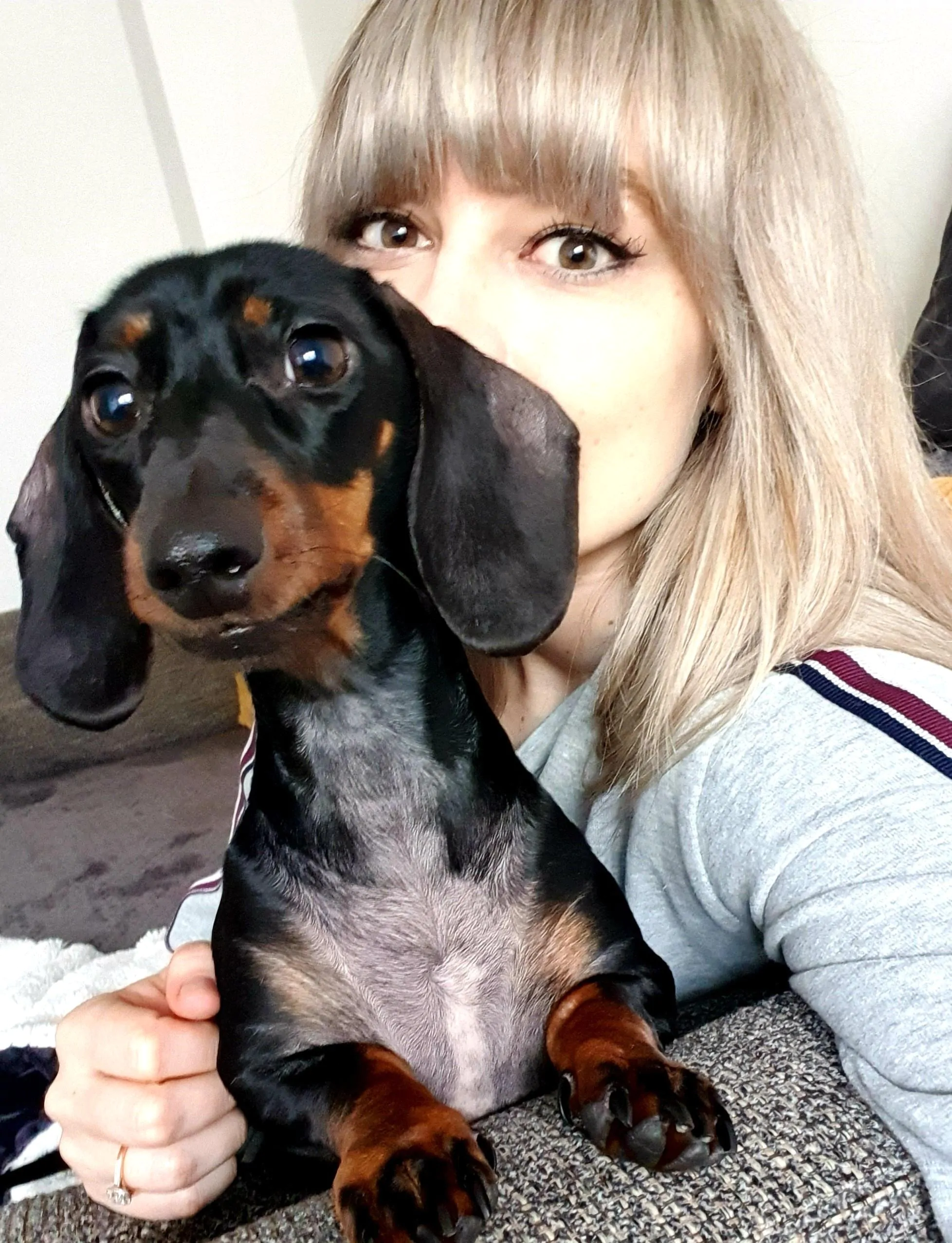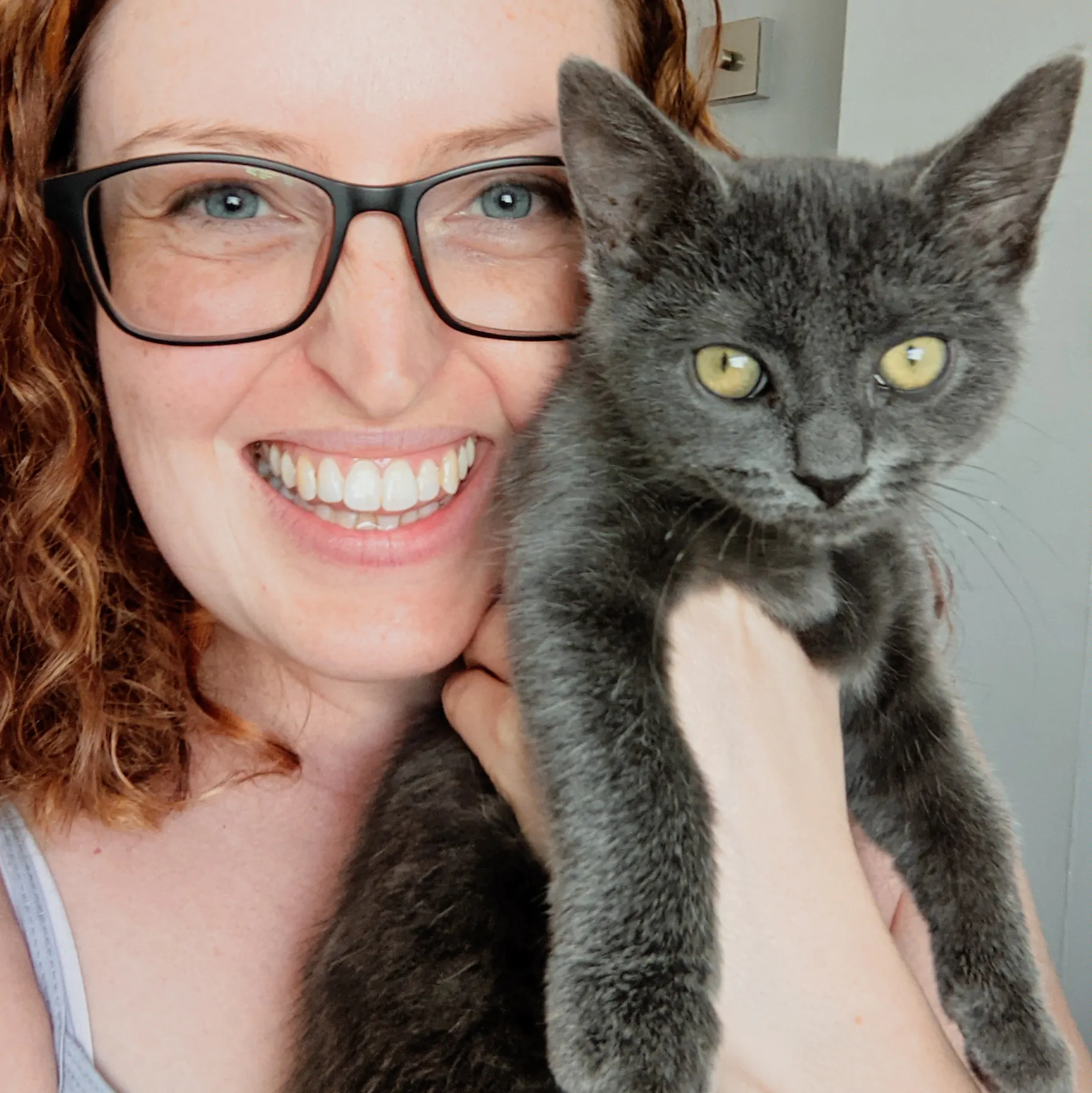Covers your pet up to the chosen vet fee limit if they have a dental accident or injury. Always be sure to take your pet for annual dental check-ups, and follow your vet’s advice.
Calm and gentle, the athletic Greyhound is actually a low-energy dog, happy to spend most of the day chilling. They’re incredibly fast when you let them go for a sprint though. Easy to train and needing little grooming, you’ll have to take extra care with their teeth as they’re prone to dental issues.
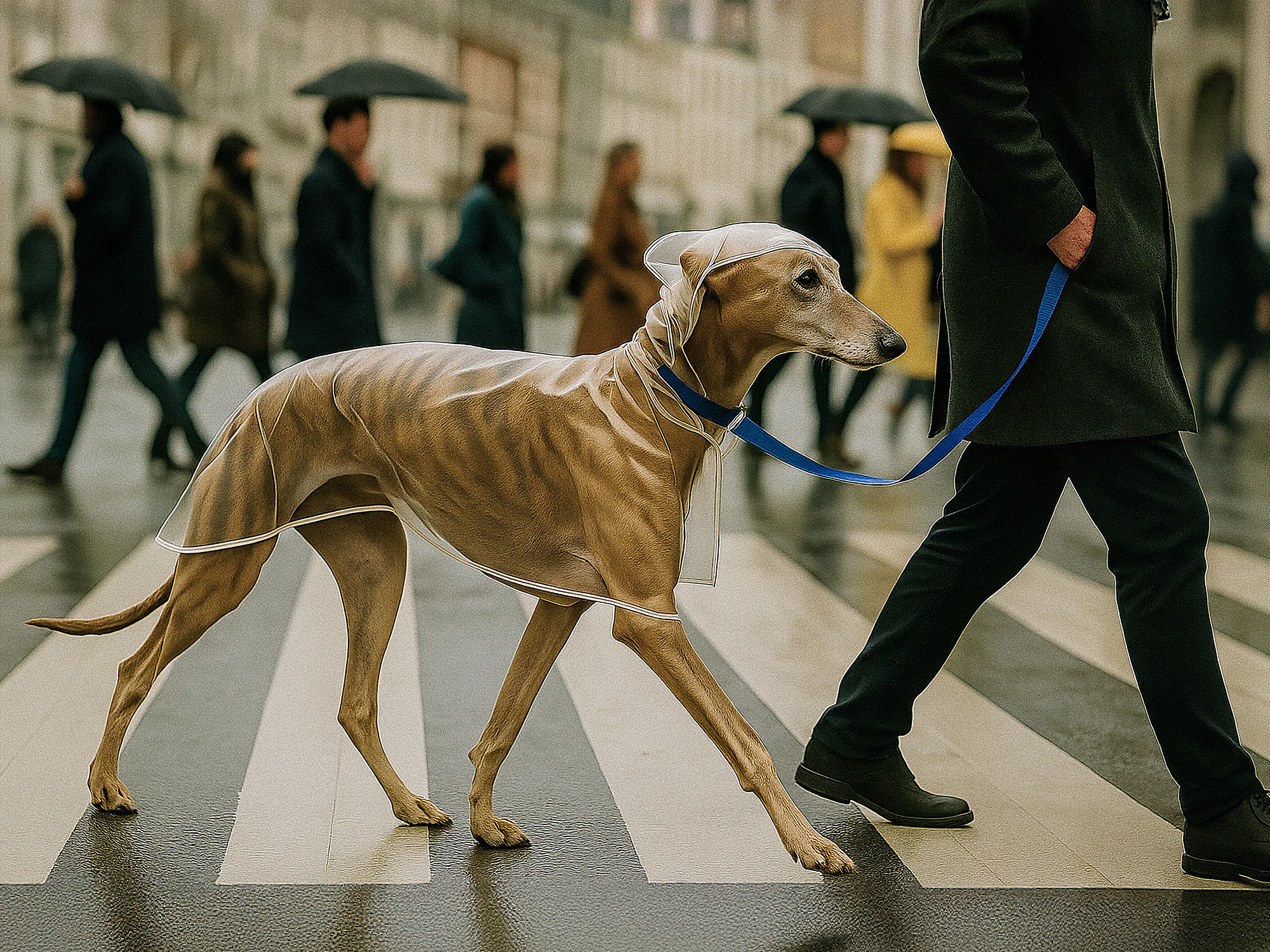

A guide to owning a Greyhound
Greyhounds are graceful dogs, known for being slim and speedy, having been bred for racing. They’re also gentle and affectionate. Despite their athletic background, they’re surprisingly low-energy indoors, making them excellent chilled-out pets.
Thinking of getting a Greyhound? Here we look at what you need to know, such as their common health issues, temperament, exercise and grooming needs.
Are Greyhounds good family dogs?
With early socialisation, Greyhounds can make terrific family dogs. They’re calm, affectionate and love a cuddle. This makes them great for families with children, although high-energy kids could potentially be overwhelming for them. And while they can be trained to live with small pets, their prey drive could present a hazard for smaller animals such as cats and small furries.
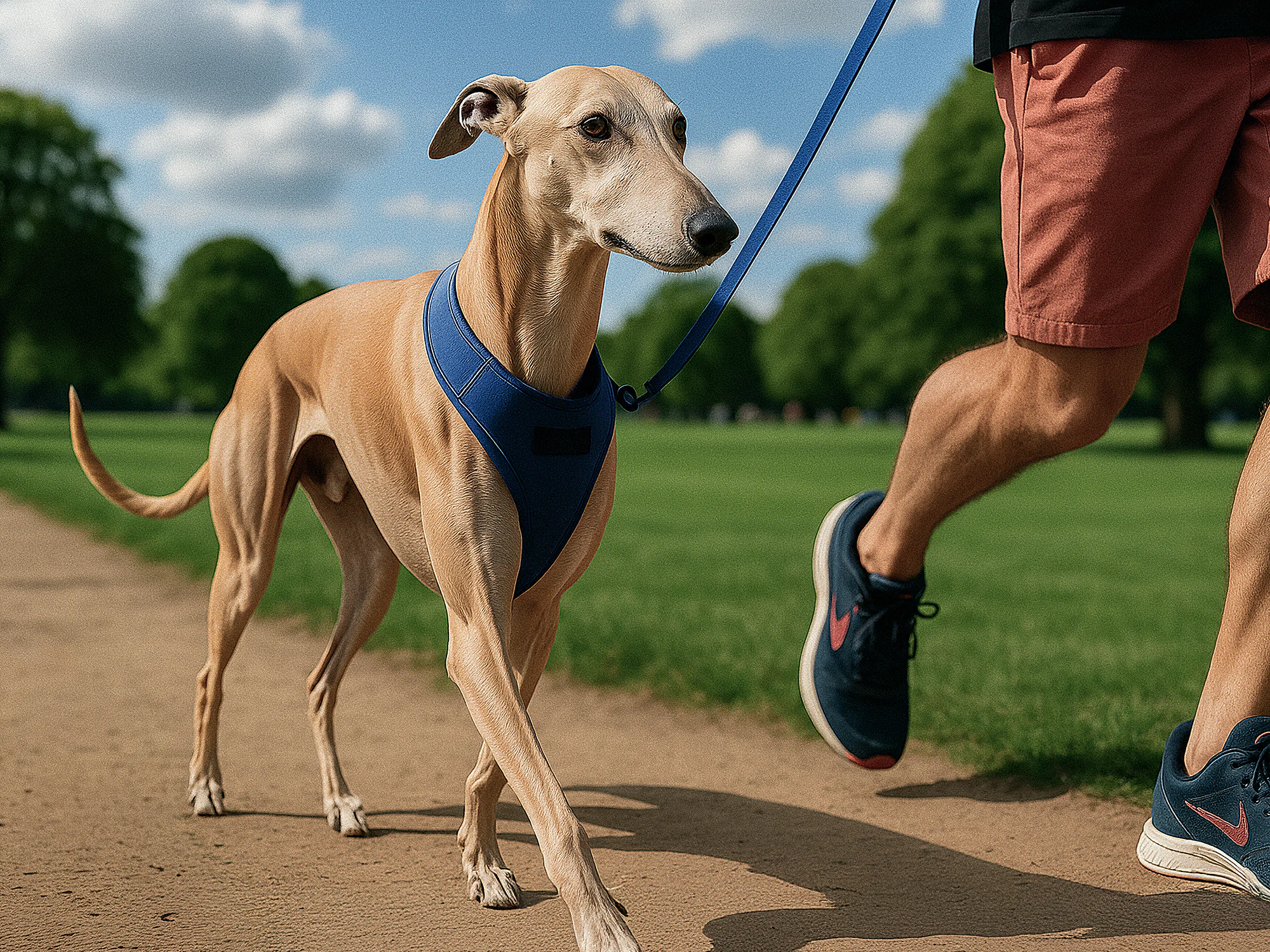

Greyhound size and appearance
Noble and elegant, the Greyhound is a tall, slender dog with a graceful, athletic build designed for speed and agility. They have a long narrow head, long legs, a deep chest and a tucked-up waist, giving them their distinctive aerodynamic shape. They’re usually about 68-76cm tall at the shoulder, weighing between 27-40kg. Males are generally a little larger than females.
Their short, smooth coat lies close to the skin. Greyhounds come in a wide range of colours, including:
- Black
- Red (ginger)
- Fawn
- Blue
- Brindle (a base colour overlaid with darker ‘tiger’ stripes)
- Any combination of these colours with white
What were Greyhounds bred for?
Originally bred for hunting and later used in racing, Greyhounds are now increasingly owned as companion animals thanks to their calm nature and adaptability, and many are rehomed at the end of racing careers.
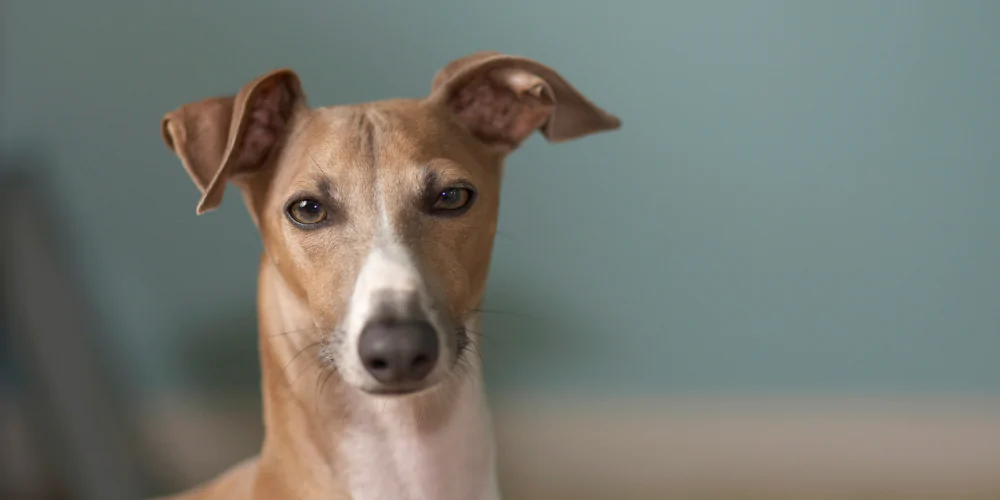

What is a Greyhound’s temperament?
The Greyhound’s personality is:
- Calm and gentle: They’re known for their quiet, laid-back nature, especially while indoors.
- Affectionate: Greyhounds love companionship, forming strong bonds with their owners.
- Sensitive souls: They can be shy or easily startled, responding best to gentle handling.
- Peaceful: They’re generally non-aggressive and non-confrontational, getting along well with other dogs. They can be quite a different creature if they see a small fluffy creature, however, and are often not suited to living with cats.
- Quiet as a mouse: Most Greyhounds aren’t barkers. They have a well-mannered, peaceful presence.
Can Greyhounds be left alone?
As very chill dogs, Greyhounds are better than many breeds for being left alone, as long as they’re in a safe, comfortable environment. As with any dog they will need to be acclimatised to being alone, so leave them for a short while to begin with, increasing the time spent away over several weeks.
That said, no dog should be left for longer than four hours. If you do need to leave your Greyhound alone for any length of time, they should have access to fresh water, plus familiar and comforting items like their favourite toys and blankets.
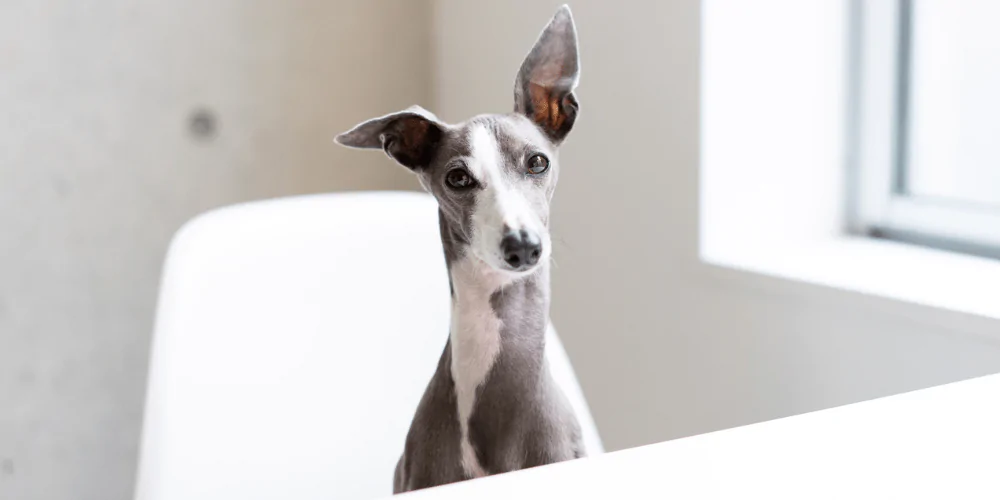

How much exercise does a Greyhound need?
While you might expect the fastest of dogs to need a good old run around, Greyhounds don’t actually need too much exercise. A couple of short walks a day and the odd sprint is usually enough to meet their needs. If they do go for a sprint, make sure it’s in a safe, enclosed area – as you’re unlikely ever to catch them again!
It’s also worth noting that, unless they’re going for a sprint, you should keep them on the lead outside. Their chase instinct can be triggered very easily if they get sight or smell of a small animal.
While they like having space to stretch their legs, they’re happy to spend most of the day lounging. Good news if you’re fond of chilling yourself!
Can Greyhounds swim?
Believe it or not, Greyhounds are excellent swimmers. It’s sometimes assumed otherwise, due to their structure and low body fat. But they’re regular seals when they get in the water. All dogs are individuals though, and many Greyhounds will never have been given the opportunity to swim in a racing home, so make sure to start slowly and ensure they have protective coats.


Our expert says…
Greyhounds are very gentle souls and make wonderful pets for those who will provide them with a comfy sofa and a safe opportunity to stretch their long legs twice a day!
Medically, Greyhounds are infamous for having very poor teeth, with heavy plaque and gingivitis developing much more easily than in other breeds. Regular brushing and home care is essential for these dogs, and even then it is highly likely that your vet will need to perform a dental with extractions under anaesthetic at some point.
This anaesthetic will be something your vet monitors very carefully, as these very slim muscled dogs metabolise drugs differently to other breeds, and also have an increased likelihood of bleeding. Personally I have spent many consultations patching up greyhounds who have managed to tear their very delicate skin when chasing after a squirrel!
Dr Siân Burwood MA VetMB MRCVS


How long do Greyhounds live?
The average lifespan of a Greyhound is around 10-14 years.
What are the common health issues for a Greyhound?
Greyhounds are generally healthy dogs, with a life expectancy of 10 to 14 years. They’re prone to a few breed-specific health issues though, including dental problems (such as gingivitis), sensitivity to extreme temperatures (especially cold) and anaesthesia sensitivity.
It’s also important to be cautious with certain medications due to their low body fat. Ex-racers may have old injuries that can cause pain as they get older but most adjust well to pet life with proper care. Just make sure they have a balanced diet, regular vet check-ups and appropriate exercise.
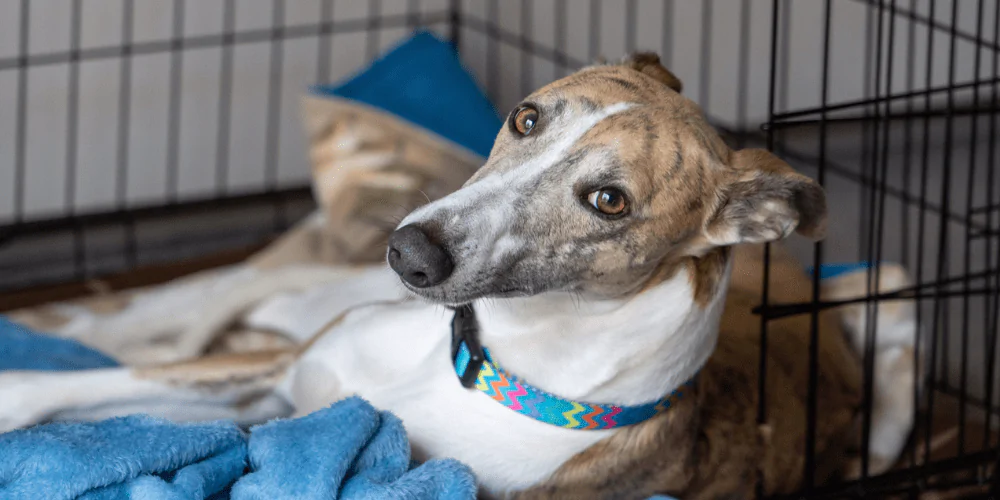

Greyhound grooming and hygiene
With their short, smooth coats, Greyhounds are very low-maintenance when it comes to grooming. A weekly brush to remove loose hair and an occasional bath are usually sufficient.
Their skin is thin and sensitive, so it’s important to use gentle grooming tools. They’ll need deep supportive bedding to avoid pressure sores.
As mentioned, dental care is particularly important with Greyhounds. You’ll also need to trim their nails regularly, and clean their paws after every walk, as their long toes easily pick up debris
Do Greyhounds shed?
Greyhounds are low to moderate shedders. They shed most heavily when the seasons change in spring and autumn.
Are Greyhounds hypoallergenic?
No, sorry. Although they don’t have an undercoat, they can still shed quite a bit – including dander (dead skin) and saliva. All of these can potentially trigger allergic reactions. It’s also worth mentioning that no dog breed is truly hypoallergenic.


How to train a Greyhound
Greyhounds are intelligent and generally eager to please, although they can also be fairly independent.
Here are a few pointers for training a Greyhound:
- Gently does it. Greyhounds respond best to calm, positive reinforcement, not harsh discipline.
- Many ex-racing Greyhounds need to learn basic household manners. They may not be used to walking upstairs, being around children or responding to indoor sounds.
- Simple, consistent training works best with their sensitive nature, so keep sessions short.
- Due to their strong chase instinct, reliable recall and leash manners are essential, so focus on these early.


What insurance do I need for my Greyhound?
The level of dog insurance you choose for your Greyhound will tend to come down to your circumstances and budget. Want to know exactly what you’re getting for your money? Then check out our guide to whether pet insurance is worth it.
We think that all dogs deserve the most comprehensive level of cover as possible. This is why we only sell different types of lifetime cover. We could also cover your Greyhound for any pre-existing conditions they may have with our Lifetime Plus policy, subject to acceptance*.


Guides and advice from experts
Our expert vets and behaviourists have great pointers to help keep your pet happy and healthy.

If your dog gets ill or has an accident, you want to give them the best care possible. Let’s take a look at why having pet insurance is important for your pooch.
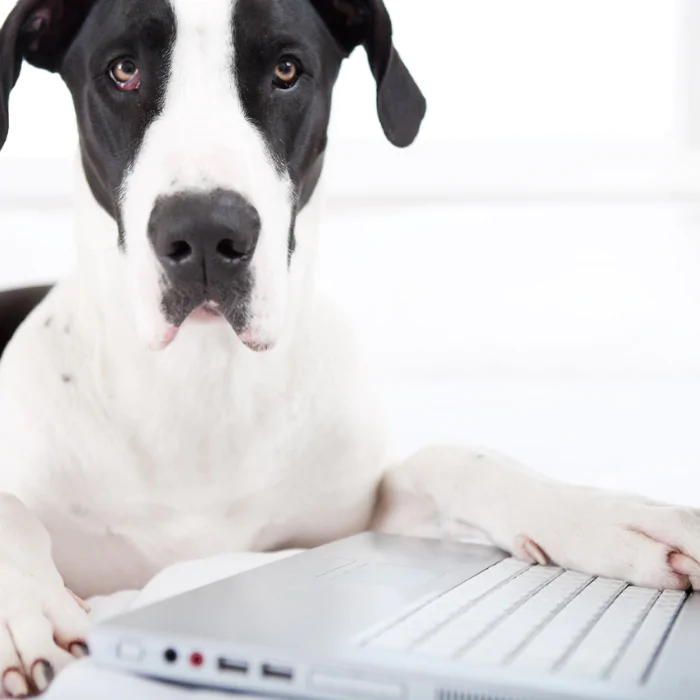
How to choose the best pet insurance for my pet
We explain the top things you may want to think about when it comes to researching pet insurance policies, including how you can compare pet insurance.
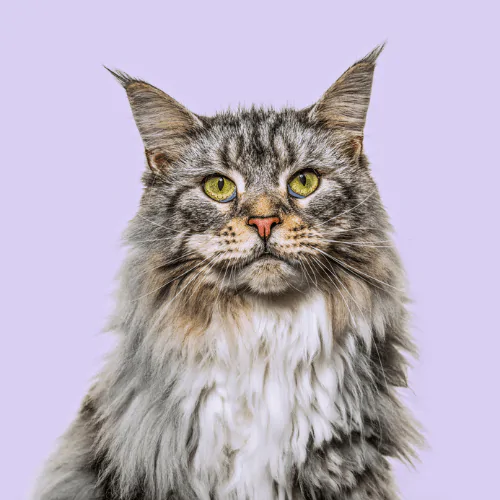
What is lifetime pet insurance
We’re saying farewell to all of the confusion around lifetime pet insurance. Join us as we explore what it is and how it works.
What’s included in your dog cover
Choosing Petgevity to protect your dog gives you more than just vet fee cover. Here's what you get from our policy.
Dental accident
Covers your pet up to the chosen vet fee limit if they have a dental accident or injury. Always be sure to take your pet for annual dental check-ups, and follow your vet’s advice.
More info
Covers your pet up to the chosen vet fee limit if they have a dental accident or injury. Always be sure to take your pet for annual dental check-ups, and follow your vet’s advice.
Behavioural treatment
Get expert help with your pet’s mental and emotional wellbeing, as advised by your vet. Cover up to your chosen vet fee amount or the cost of up to 12 sessions, whichever is lower (Lifetime Plus); or up to £1,000 (Lifetime).
More info
Get expert help with your pet’s mental and emotional wellbeing, as advised by your vet. Cover up to your chosen vet fee amount or the cost of up to 12 sessions, whichever is lower (Lifetime Plus); or up to £1,000 (Lifetime).
Complementary therapy
As advised by your vet, this covers alternative treatments like acupuncture or hydrotherapy. Cover up to your chosen vet fee amount (Lifetime Plus); or up to chosen vet fee amount or £1,500, whichever is lower (Lifetime).
More info
As advised by your vet, this covers alternative treatments like acupuncture or hydrotherapy. Cover up to your chosen vet fee amount (Lifetime Plus); or up to chosen vet fee amount or £1,500, whichever is lower (Lifetime).
Emergency care
If you can’t look after your pet due to an emergency, such as an unplanned hospital visit, this covers you for up to £1,500 (Lifetime Plus) in minding costs.
More info
If you can’t look after your pet due to an emergency, such as an unplanned hospital visit, this covers you for up to £1,500 (Lifetime Plus) in minding costs.
Third-party liability for dogs
Covers you for legal costs if your dog causes injury to somebody or their pet, or causes loss or damage to someone’s property. Protects you for up to £2 million in a legal action.
More info
Covers you for legal costs if your dog causes injury to somebody or their pet, or causes loss or damage to someone’s property. Protects you for up to £2 million in a legal action.
Choice of optional extras
Need extra protection? Choose from several optional extras to cover your pet’s needs, including dental illness, or cover if your pet is stolen or lost.
More info
Need extra protection? Choose from several optional extras to cover your pet’s needs, including dental illness, or cover if your pet is stolen or lost.
Dental accident
More infoBehavioural treatment
More infoGet expert help with your pet’s mental and emotional wellbeing, as advised by your vet. Cover up to your chosen vet fee amount or the cost of up to 12 sessions, whichever is lower (Lifetime Plus); or up to £1,000 (Lifetime).
Complementary therapy
More infoAs advised by your vet, this covers alternative treatments like acupuncture or hydrotherapy. Cover up to your chosen vet fee amount (Lifetime Plus); or up to chosen vet fee amount or £1,500, whichever is lower (Lifetime).
Emergency care
More infoIf you can’t look after your pet due to an emergency, such as an unplanned hospital visit, this covers you for up to £1,500 (Lifetime Plus) in minding costs.
Third-party liability for dogs
More infoCovers you for legal costs if your dog causes injury to somebody or their pet, or causes loss or damage to someone’s property. Protects you for up to £2 million in a legal action.
Choice of optional extras
More infoNeed extra protection? Choose from several optional extras to cover your pet’s needs, including dental illness, or cover if your pet is stolen or lost.
*Cover for pre-existing medical conditions is subject to acceptance. They will not be covered unless you have declared them and they are shown on your Confirmation of Cover.
